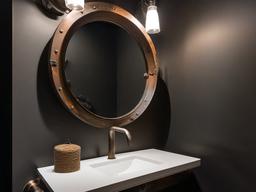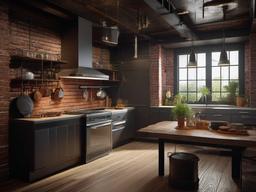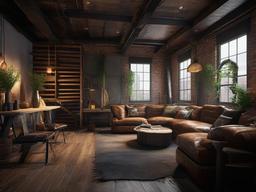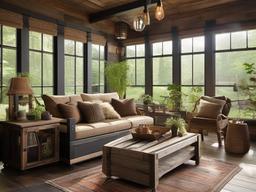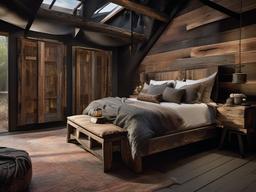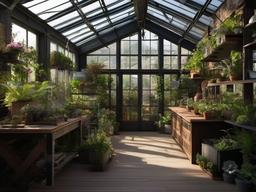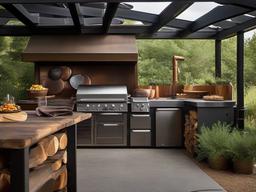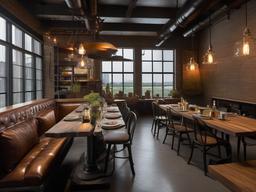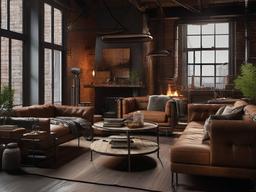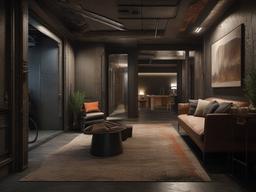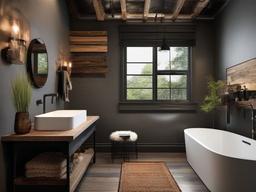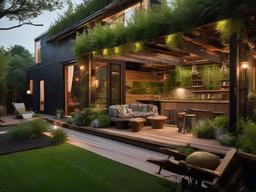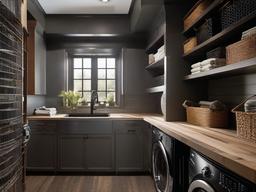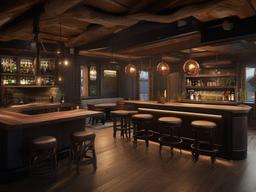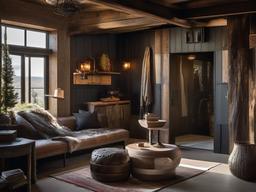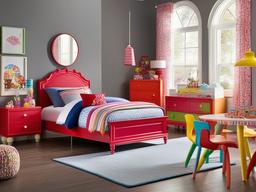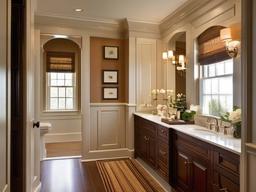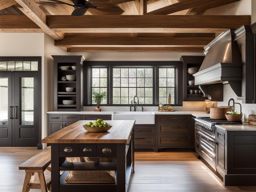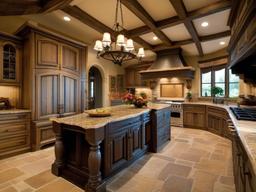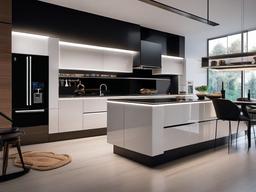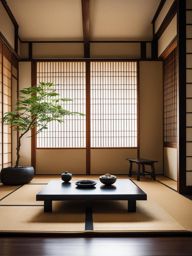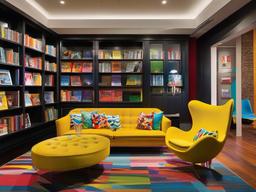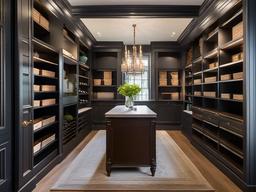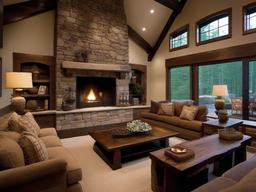Interior design decor ideas > post apocalyptic interior design style
Use Windy AI room design generator to assist in your room interior design and home decor. Generate ideas in over 40+ interior design styles.
Post Apocalyptic design embodies a raw, rugged aesthetic that reflects themes of survival and resilience. This style often features industrial materials, distressed finishes, and an eclectic mix of furniture and decor that suggests a world rebuilt after a catastrophe. The color palette typically includes earthy tones, rusty metals, and muted hues, creating an atmosphere that feels both gritty and intriguing.
Post Apocalyptic design draws inspiration from dystopian fiction, films, and cultural movements that explore themes of societal collapse and renewal. This style emerged as a response to modern anxieties about environmental degradation and urban decay, reflecting a fascination with the idea of life after disaster. The aesthetic combines elements of survivalism and resourcefulness, celebrating the beauty in imperfection and the unconventional.
To create a Post Apocalyptic interior, focus on using reclaimed and salvaged materials, such as wood, metal, and concrete. Incorporate furniture with a rugged, industrial feel, mixing and matching pieces to create an eclectic look. Use a subdued color palette with hints of vibrant color to mimic a sense of life amidst decay. Accessorize with found objects and eclectic decor that tells a story of survival and creativity.
Post Apocalyptic furniture often features a mix of industrial and vintage styles, with an emphasis on durability and practicality. Accessories include repurposed items, such as old crates or barrels, and decorative items can consist of scavenged art pieces and rough-hewn textiles. Textiles may include worn fabrics and layered rugs that add warmth to the space. Lighting is often utilitarian, using fixtures that enhance the rugged, industrial feel of the interior.
Post Apocalyptic design draws inspiration from dystopian fiction, films, and cultural movements that explore themes of societal collapse and renewal. This style emerged as a response to modern anxieties about environmental degradation and urban decay, reflecting a fascination with the idea of life after disaster. The aesthetic combines elements of survivalism and resourcefulness, celebrating the beauty in imperfection and the unconventional.
To create a Post Apocalyptic interior, focus on using reclaimed and salvaged materials, such as wood, metal, and concrete. Incorporate furniture with a rugged, industrial feel, mixing and matching pieces to create an eclectic look. Use a subdued color palette with hints of vibrant color to mimic a sense of life amidst decay. Accessorize with found objects and eclectic decor that tells a story of survival and creativity.
Post Apocalyptic furniture often features a mix of industrial and vintage styles, with an emphasis on durability and practicality. Accessories include repurposed items, such as old crates or barrels, and decorative items can consist of scavenged art pieces and rough-hewn textiles. Textiles may include worn fabrics and layered rugs that add warmth to the space. Lighting is often utilitarian, using fixtures that enhance the rugged, industrial feel of the interior.

